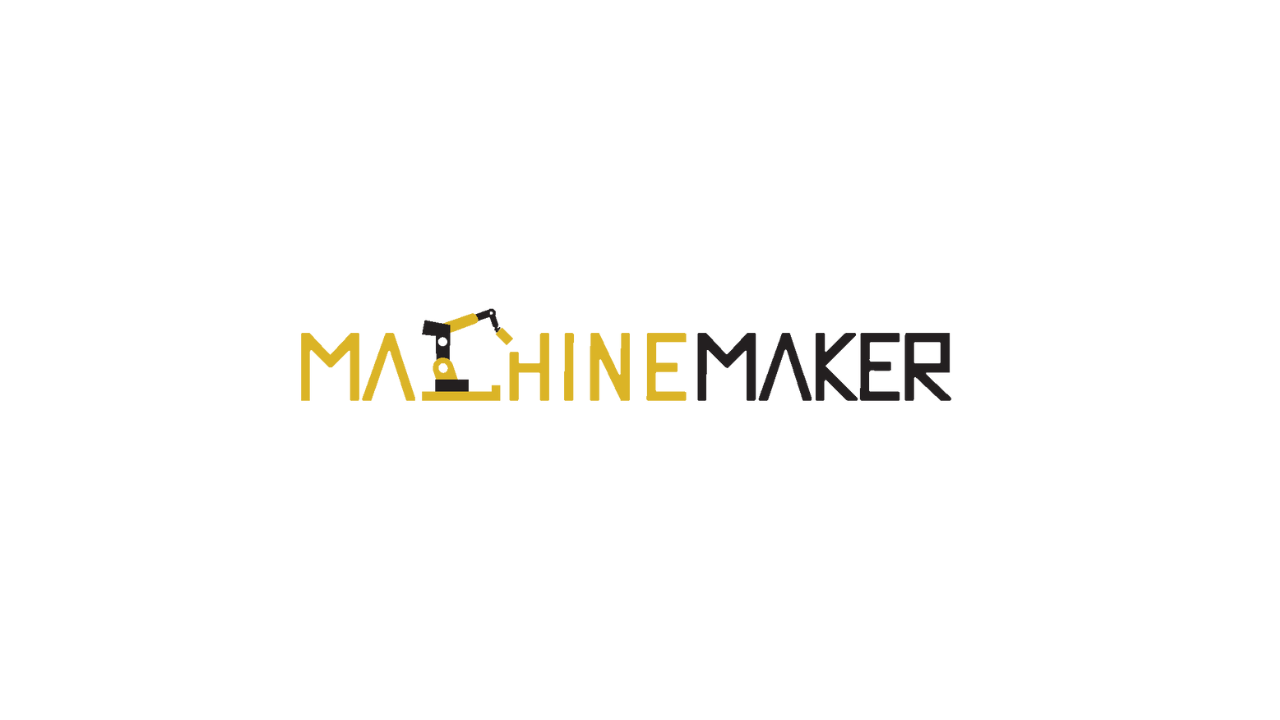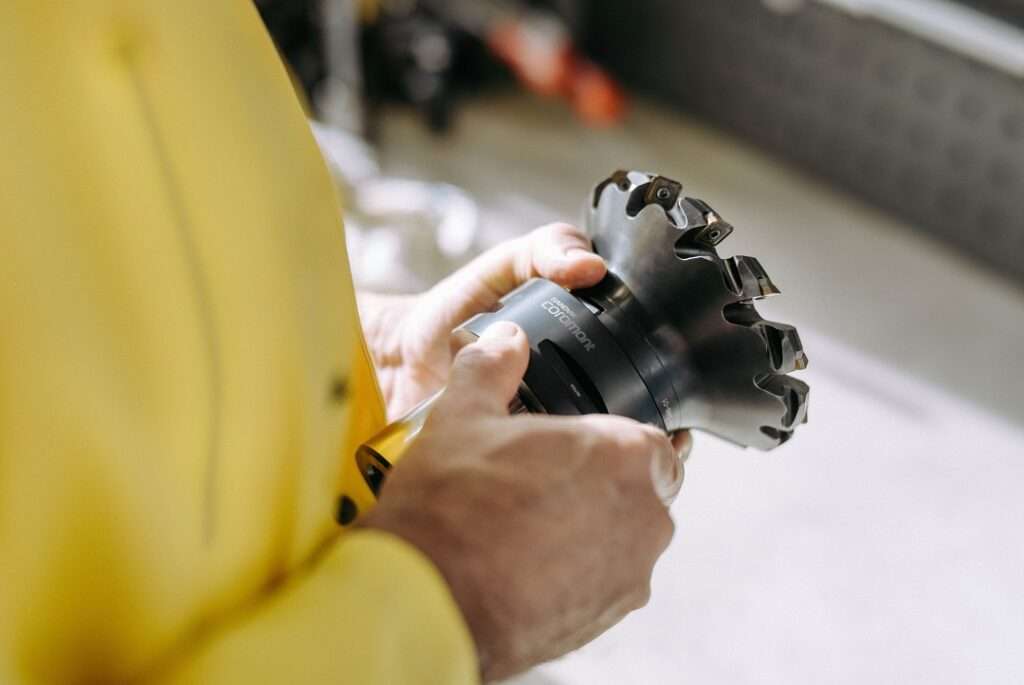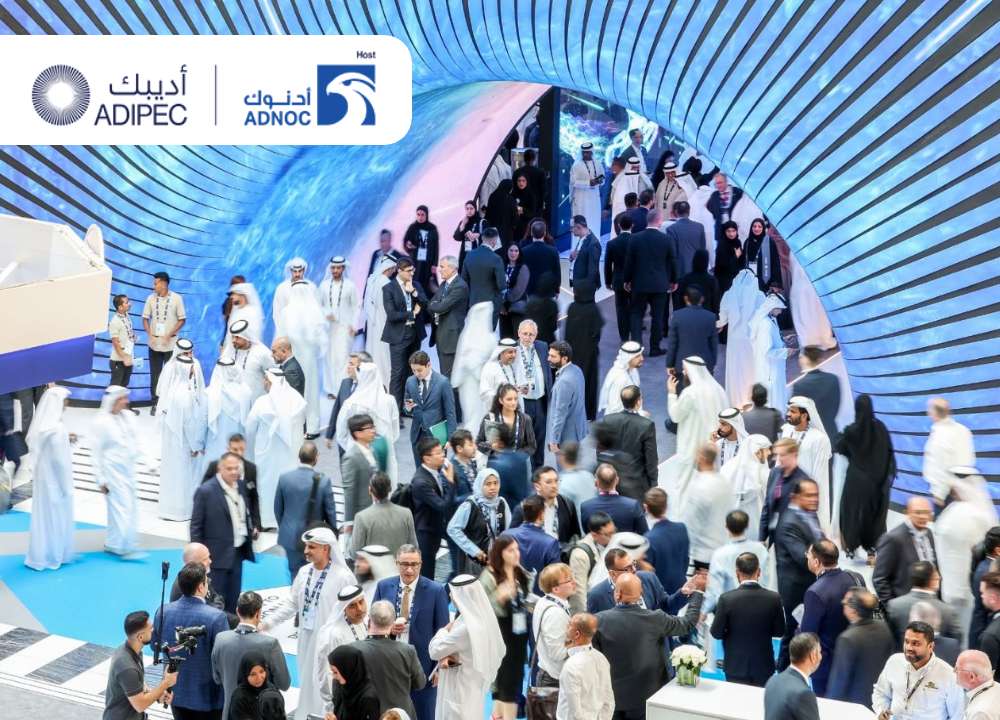The Swiss company, Fischer Connectors MiniMax Series features one of the smallest and densest connectors in the world with high-speed data acquisition and transmission quality. Now the company introduces a new generation of connectors suitable for multi-application aided by design flexibility with lightweight and reduced size in their flagship Fischer MiniMax Series.
Fischer MiniMax Series is Fischer Connectors Group’s flagship product line which includes three connectors and their associated cables with new options in pin layout, body size and data speed. The company has been pushing its R&D capabilities to bring high-density miniaturization in its connectors, cable assemblies and electronic solutions.

The new options in pin-layout come with 7 contacts (4x signal, 3x power) in Ø 10 mm receptacle according to Fischer Connectors ‘size 06’ reference. This new pin-layout configuration gives the flexibility of up to 22 AWG along with three alternative locking mechanisms including quick-release, push-pull, screw. The flexible AWG and locking mechanism helps design options for maximum miniaturization for the Nett Warrior connectivity ecosystem and for other rough applications.

Jonathan Brossard, Fischer Connectors CEO commenting on the Fischer MiniMax series said, “We are very proud to offer the design engineering community with ultra-miniaturized, high-density and high-speed connectivity solutions in the world. Special know-how-skillset from our R&D and operation team has made this possible.”
High Design layout for multi-protocol and High-Speed Data Transmission
The body size in the new connectors allows extreme space limitation with more power adaptability and USB capacity. The new body size comes in Ø 14.0 mm (size 10) with 12 signal and power contacts offering USB 3.2 Gen 2 (10 Gbit/s,1 m) and high power up to 8A, allowing high-speed intercom boxes and next-generation hubs.
The connectors high-density design layout with 30 contacts (24x signal, 6x power) in Ø 14.0 mm (size 10) supports multi-protocol data transmission (such as HDMI, USB, Ethernet). This also extends application options such as instrumentation, automated systems, and sensor and IoT interconnections.
High Density & Ultra-Miniaturization for Design Flexibility
The new MiniMax series connectors offer compact and lightweight solutions for various connector applications. The connector application is through straight cable assemblies and crafted in straight or angled (60 degrees) relief overmolding for electronic solutions in hubs, flash drives and flex PCB circuits customized according to size, weight and power (SWaP) requirements of entire electronic systems and ecosystems. This new configuration also helps in system-specific- applications be that for lightweight or harsh environments fulfilling cost-efficiency requirements.

The dimensions of electronic devices are heavily altered as per market demand for sensors or mobile or wearable electronics as well as for autonomous robotics and vehicles. The Fischer MiniMax Series offers both size and weight reduction requirements without compromising performance quality. So miniaturization allows greater advantages in terms of integration for all these demands. Take, for example, the 12 mm diameter receptacle (size 08) with up to 24 power and signal contacts which has great space limitation, saving up to 45% space compared to similar connectors.

Fischer connectors are setting new boundaries in terms of receptacle size and signal contacts. For example, their connector of size 06 offers up to 12 power and signal contacts in just 10 mm. This interprets to 0.83 density factor with a unique technological feature with standard 0.5 mm contacts. The density factor is calculated as the receptacle diameter divided by the number of contacts available in a specific receptacle size.
For harsh environment applications, miniaturization means further flexibility in integration by extending durability and reducing weight for demanding applications. Further stretching the reliability factor with 5,000 mating cycles, 360° EMC shielding, IP68 sealing -20m/24h, gas tightness to 10-6 mbar l/s, high corrosion resistance, -40 °C to +135°C operating temperatures.
Jérôme Dabonneville, Fischer Connectors CTO adding his view said, “The new connector demands in the market reflects high-speed data acquisition and transmission and constant modification of size and weight. The market demand served main drivers behind this miniaturized series suitable for innovative and flexible design as well as challenging applications including defence & security, UAVs and industrial instrumentation.”
High-density miniaturization Application: Two Use Cases
 The first use case is in LIDAR (Laser Imaging Detection and Ranging) for Unmanned Aerial Vehicles (UAVs). The LIDAR-UAV is designed by YellowScan, based in southern France for mapping solutions required in survey operations such as a survey of ruins, road and rail corridors topographic studies, and an airborne survey of the Amazon that maps both canopy and terrain to study the impacts of climate change. The main connectivity requirements for Lidar systems were lightweight, limited space and long lusting vibration resistant, dust and rain proofed material with high IP sealing, large pin count and EMI shielding.
The first use case is in LIDAR (Laser Imaging Detection and Ranging) for Unmanned Aerial Vehicles (UAVs). The LIDAR-UAV is designed by YellowScan, based in southern France for mapping solutions required in survey operations such as a survey of ruins, road and rail corridors topographic studies, and an airborne survey of the Amazon that maps both canopy and terrain to study the impacts of climate change. The main connectivity requirements for Lidar systems were lightweight, limited space and long lusting vibration resistant, dust and rain proofed material with high IP sealing, large pin count and EMI shielding.
Another application for Fischer MiniMax was compact and robust connectivity in strain gauge sensors designed by a German-based company. Strain gauge sensors ensure safe and precise operation for machines and systems in robotics, medical technology or the automotive industry where the forces and torques need to be monitored constantly. Here connectivity has to be suitably minimized for small sensors while maintaining stable data transmission in case of high vibrations.







